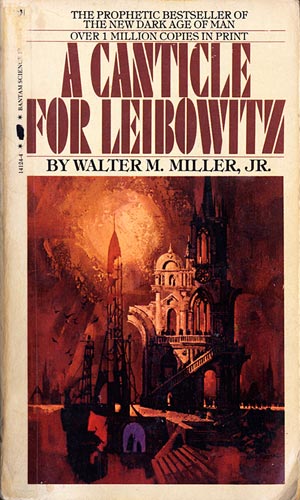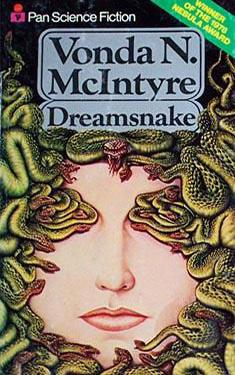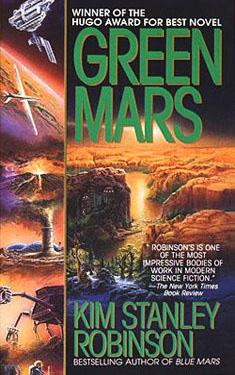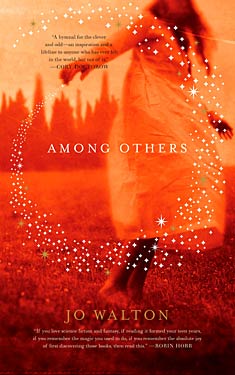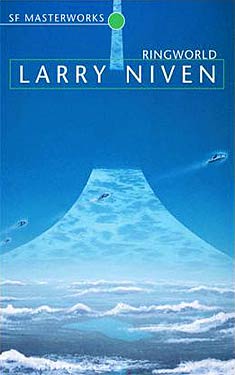This is my first look back at a year in some time, and the
first for my blog. I want to focus on my
SF/Fantasy experiences for the year, but I also wanted to acknowledge some of
the good experiences and challenges in my personal life as well.
The most profound event of the year began in 2012 with my
partner’s cancer diagnosis. The
surgeries and recovery extended into this year, and the effects on our lives
has been profound. I could wax poetic on
how screwed up heath “care” is in this country and how his illness has affected
us, but suffice it to say that recovery from a traumatic health crisis is a
long, difficult process, and it is not helped by the minimal and indifferent aftercare
experience.
The most joyous event of the year was driving my
mother-in-law down from Alaska to Oregon . We got to visit Kenai Fjords and Wrangell-St Elias National Parks, see the glories of the Canadian Wilderness, relax on the
ferry through the panhandle’s inside passage, and experience a little of
Vancouver, BC and Seattle. We went to a
lot of really amazing museums. And yes,
we saw bears and whales.
One of the most fun experiences of the year was meeting
Peter S. Beagle on his tour of the remastered animated feature The Last Unicorn. The tour came through Portland in November, and
it gave me the opportunity to see if for the first time. My partner and mother-in-law also came along,
and they got to see it for the first time since its initial release on the big
screen. Afterwards my mother-in-law and
I waited in line to have Mr. Beagle sign our book (Jacob had a prior
appointment right after the movie). We
waited for an hour and half. The cause
of the long wait was all these unicorn merchandise tables before Mr. Beagle. Granted, unicorn bling probably provides more
revenue than the movie ticket sales alone, and I’m sure the cost of the
remastering and the tour were not cheap. But this held up the line so much, that from
where we were standing, we could see Beagle checking his phone, looking bored
and tired, waiting for fans to get past his aggressive salespeople. When we finally got up to him and started
talking about our favorite parts of the book, he perked up, became gregarious,
and engaged us in a wonderful conversation.
It really made me aware of how much Mr. Beagle appreciates his fans, loves
to talk about his books, and just banter gregariously with people. And that warmed my heart.
I was unemployed more than I was employed this year, which
is how I was able to read 55 books this year. This reading experience, and the encouragement
of my partner, prompted me to begin writing book reviews, which eventually lead
up to my beginning this blog. I was
hoping I’d blog about feelings and experiences besides reviews, but maybe this
entry will be the beginning of being more comfortable writing about personal
things.
My greatest achievement this year was having three of my
reviews from my blog featured on the Worlds Without End genre fiction site blog. The three books were Summer of Love by Lisa Mason, The Sparrow by Mary Doria Russell, and Among Others by Jo Walton. They were books I read for the WWEnd Women of
Genre Fiction challenge: read 12 books
by women authors of genre fiction who you’ve never read before. I found many gems through this challenge. When I started my blog, I never thought I
would have more than a couple of hits from people who were close to me, and
from some of those blog watcher sites that give you a hit as soon as you post. Through the recognition of WWEnd, I’ve had the
opportunity to share my voice with a few more people than I would ever have
expected. I have a lot of thanks to WWEnd
for recognizing my efforts.
Okay, finally, onto my favorite books of the year. I found so many treasures this year, you
might just go to my Hugo List and WOGF list pages and look for the 4 and 5 star
reviews. This list is the most
noteworthy of them, and they are not in any real order:
Redemption in Indigo – Karen Lord
The Doomsday Book – Connie Willis
Summer of Love – Lisa Mason
Way Station – Clifford D Simak
Dreamsnake – Vonda N McIntyre
Redshirts – John Sclazi
The Graveyard Book – Neil Gaiman
My favorite of the year:
The Sparrow – Mary Doria Russell
Special Mention: A Canticle for Leibowitz– Walter M Miller
Jr. This was my third read of this book
and will always have a special place in my heart.
I don’t have my reviews posted for the Willis and Gaiman
books yet, but just so you know, they made my eyes dewy.
And what SF/Fantasy year end review would be complete
without another expounding on the latest installment of “The Hobbit” films. I thought “The Desolation of Smaug” was better
than “An Unexpected Journey”. As much of
a Tolkien fan as I am, but not being a purist of many things, I believe it is a
good film in its own right. I can
appreciate Jackson
and company’s attempt to pull in from other sources (including themselves) and make
the connection to the LOTR films a little stronger, even the throwing of
Legolas into the mix, which I know many people despised. My complaint with the movie is that it lacks
the heart and intimacy that the LOTR films had. And that to me is what separates a good film
from a great film. There was more
emphasis on the action than the characterization. I loved, cared about, or hated all the
characters in LOTR. I don’t have many
feelings one way or the other about the characters in The Hobbit films. I can watch Sir Ian McKellen read a phone
book, but even Gandalf seems terribly two dimensional. Despite all this, I will go see the last
installment. I just wish it was better.
Other things of note. Jacob started his own blog, Speak To Make It Out, to release some of the feelings about his struggles this past year. I broke the 1000 pageviews mark on my blog. I found some other great SF/Fantasy bloggers,
Stainless Steel Droppings and The Hugo Endurance Project. I regularly participate in three drumming
circles, and made my own frame drum. I had
a good time at Faerieworlds again. We saw Mumford and Sons in an awesome concert. There
was no Kings of Poland t-shirt booth at the Polish Festival this year, so
instead of selling shirts, I just ate a lot of Polish food.
My goals for next year?
(1) Finish my quest to read all the Hugo winners. I have 5 to go, plus 5 more that I read over
10 years ago which I’ll have to reread to write reasonable reviews. (2) After reading the Hugo winners, read some
of the books and authors that I’ve stumbled across but have been postponing until
after the Hugos, including more Simak and Willis. (3) Post the rest of my already written
reviews to my blog. (4) Be less judgmental of others opinions at my local SF
book club. (5) Write more, in
general.
Happy New Year everyone!

